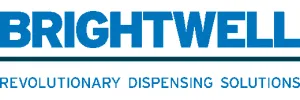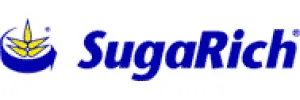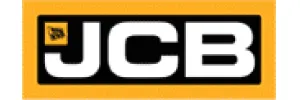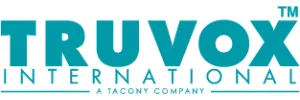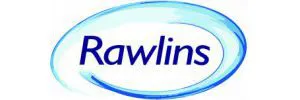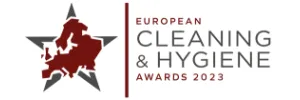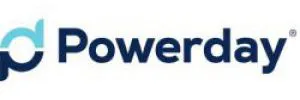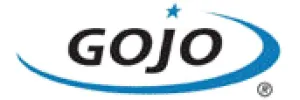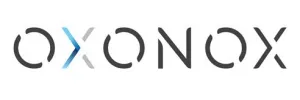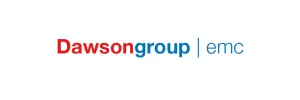News & Insights
Read the latest news from us and our clients across the globe

Posted on 9 March 2016 by adtrak.admin
A drop of the good stuff can help poultry peak
David Vine, Quality Manager at Adams & Green Ltd, a leading specialist supplier of liquid feed fats to the animal feed industry outlines the applications and advantages of liquid feed fats.
 Liquid feed fats are an important constituent in modern high density poultry feeds. They provide an excellent source of essential fatty acids and energy thanks to the range of crude vegetable oils and vegetable oil fatty acids blended into them. This includes soya-bean, palm, rapeseed and sunflower.
Liquid feed fats are an important constituent in modern high density poultry feeds. They provide an excellent source of essential fatty acids and energy thanks to the range of crude vegetable oils and vegetable oil fatty acids blended into them. This includes soya-bean, palm, rapeseed and sunflower.
Although liquid feed fats make up only a small percentage of compound feeds, they can have a significant impact on the diet of poultry as they offer a better array of fatty acids and a different acid profile than using crude soya oil alone.
Producers of liquid feed fats work closely with raw material planners and production staff at agricultural feed compounders and poultry integrators to support their weekly raw materials requirements for vegetable-based oil and fat blends.
Being able to control the levels of fatty acids and energy, through different blends, is important as poultry require significantly varying amounts of energy at different stages of their development. Liquid feed fats can make up 5% of the compound feed of birds over five days old.
Poultry liquid feed fat blends tend to have higher levels of oleic and linoleic acid as the birds utilise unsaturated fatty acids more efficiently than saturates, especially at a young age. Saturated fatty acids are also normally included in the blend as this aids carcass composition and egg size control.
The level of fat in the blend affects palatability and the overall physical quality of the feed whether in mash or pelleted diets. All fats should be blended from a strictly controlled range of sustainable ingredients to produce a consistent fatty acid profile, giving both good digestibility and handling characteristics.
Further benefits
Alongside the nutritional benefits, liquid feed fats can be more cost effective than crude soya oil as they are usually less expensive.
They can also aid health and safety as despite the seemingly innocuous nature of the materials involved, milling, handling and storing of grain and feed can all constitute a risk. Dust generated or circulated during these processes can ignite and cause an explosion.
Grain dust produced during the variety of agricultural processes, including harvesting, drying, handling, storage and processing can also cause respiratory problems for exposed employees. The Health and Safety Executive reports that “Respiratory disease is a major occupational health risk, for example, in agriculture the number of occupational asthma cases is double the national average. Studies have shown that workers exposure to grain dust can be substantial.
“Workers with occupational respiratory disease may develop permanent breathing problems, becoming disabled, and unable to work.”
By binding the compound feed pellets together, the liquid feed fats act as a dust suppressant, making it easier and safer to transport and distribute feed.
Safe food throughout the food chain
Food safety, is essential all across the food chain. It is vital that nothing undesirable gets into the feed as this could cause problems both for the poultry and the end customer. It is important that there are a number of tests on the feed, not just the initial raw ingredients.
Problems can occur during feed blending or storage and this should not be overlooked. End customers are increasingly concerned about where their food has come from, and suppliers should be confident that they can ensure safe practices throughout the food chain.
We believe that regular checks give the greatest feed safety to customers as this ensures that all blends are only released for sale once the various test results are proven satisfactory. This ‘positive release’ system is the most ‘feed safe’ method of operating, ensuring full traceability and minimises the risk of a product recall, which benefits everyone in the industry and end customers.
A big part to play
Although they are only a small part of the overall feed, liquid feed fats make a major contribution to energy management, handling ability and a safe working environment in a cost effective manner.
After all, they do say good things come in small packages!
About the author
David Vine is the quality manager for Adams and Green and was instrumental in establishing Adams and Green Ltd’s unique dioxin tested finished product policy. David has a wealth of experience in oils and fats and their nutritional application in animal feeds. David also has previous experience in industrial chemicals, food additives and food ingredients.
Published in Poultry International March 2016
Experts in Public Relations Services & Communications Management
Our ServicesGenuine industry specialists in cleaning and hygiene, environmental and recycling, and facilities management
Our Sectors
